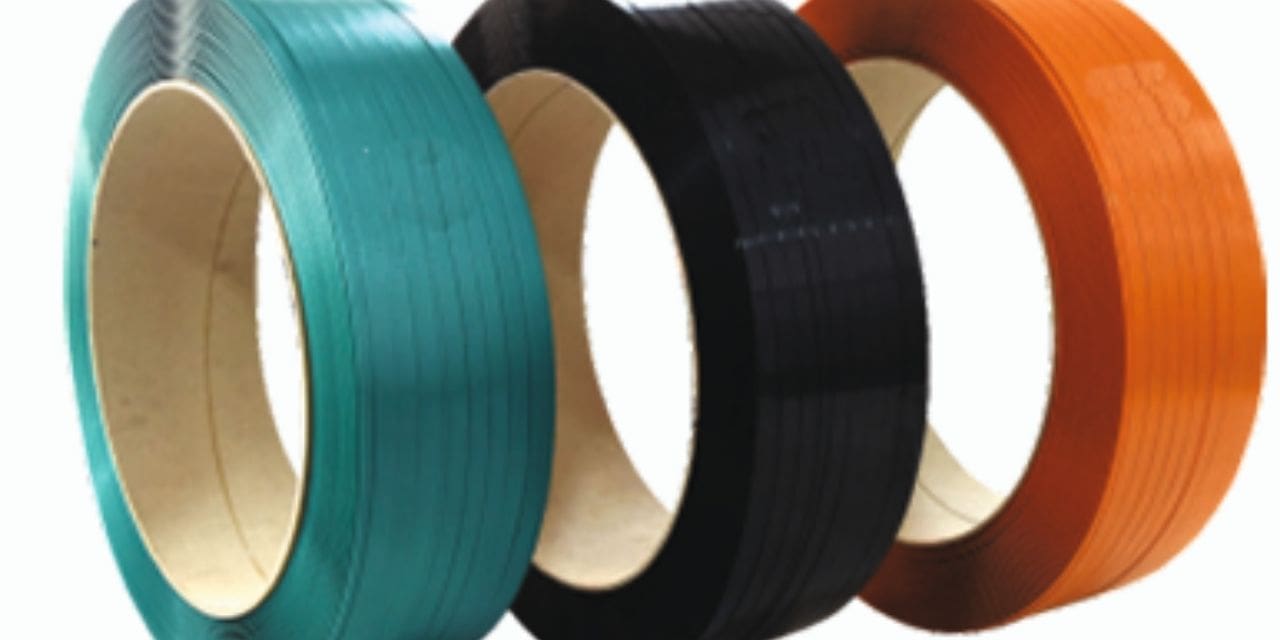PET straps are used extensively in horticulture and agriculture to efficiently bundle and secure a variety of objects, including bags of produce, crates of fruits, and bales of hay. The ability of PET straps to withstand rust is one of its main benefits, making them a dependable option for outdoor settings where moisture may be an issue. Furthermore, their weight is substantially lower than that of other possibilities, which facilitates handling and transportation. Additionally, compared to conventional materials, PET straps are more environmentally beneficial because they are simpler to discard and produce less waste.
With a high tensile strength that frequently exceeds that of nylon straps, PET straps offer an affordable alternative that is appropriate for securing heavy weights without breaking. The minimal environmental impact of PET straps is another crucial factor to take into mind, particularly when considering their resource-efficient production methods and recyclability. Selecting recycled PET packing straps is a proactive move toward implementing a packaging process that is both more economical and ecological.
According to Mr. Jay Shah, Managing Director of Gabriel PET Straps Ltd., “proper storage of PET straps is essential to ensuring their longevity and efficacy.” Since these elements can gradually damage the material, they should ideally be stored in a dry, clean interior location away from harsh sunlight and temperatures.”
Additionally, it is important to maintain proper ventilation in the storage area to avoid moisture accumulation that could lead to mold or degradation, and to prevent exposure to harsh chemicals, which can compromise the integrity of the straps,” he continues.
Post-harvest produce should be stored on pallets or racks with PET straps fastened to prevent heavier products from being stacked on top of the PET-strapped produce. This will shield the contents from harm and preserve the integrity of the packaging. It is crucial to regularly check for any indications of deterioration; if cleaning is required, use a gentle detergent to prevent damaging the straps. The straps’ usefulness can be further increased by handling them carefully both when storing and using them.
Importantly, avoid over-tensioning the straps during the strapping process, as this can lead to material fatigue or breakage. Always follow the manufacturer’s guidelines for tool maintenance and usage. If any straps are found to be damaged or compromised, they should be replaced immediately to uphold the overall integrity and effectiveness of the packaging. By adhering to these practices, the benefits of using recycled PET straps can be maximized while ensuring safe storage and handling of agricultural and horticultural products.
About Gabriel PET straps Limited.
Gabriel PET Straps LLP is a prominent manufacturer in the PET strap industry, boasting one of the most advanced production lines in the world. With an impressive daily capacity of 8-15 metric tonnes, Gabriel offers a comprehensive packaging solution that includes PET straps and value-added tools for strapping. Gabriel’s leadership has established a firm presence across India, catering to more than 1,000 customers in diverse sectors such as steel, cotton, and metal packaging, with over 8 years of experience in the industry.
Gabriel operates state-of-the-art production facilities equipped with modern extrusion and quality control technology to assure each product meets the highest possible standards. The company supplies PET straps ranging in width from 9MM to 32MM and in thickness from 0.5MM to 1.27MM. Color variants and direct printing are available.

